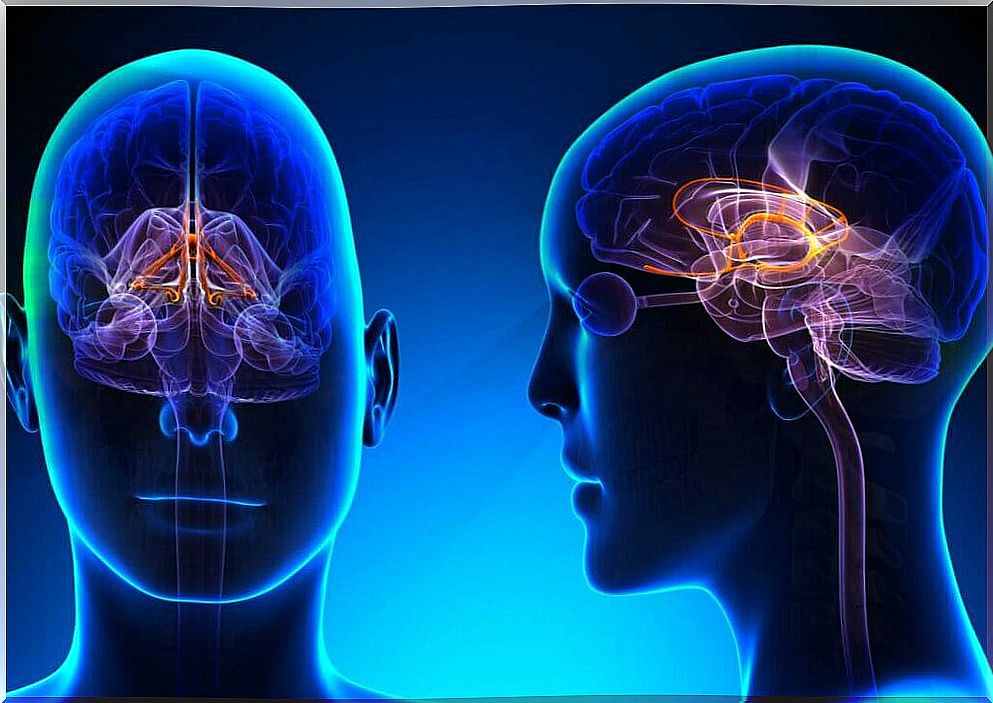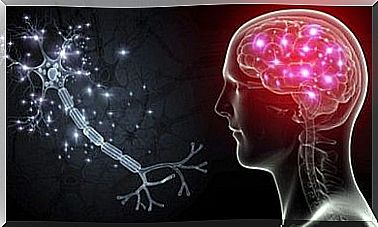We Taste With The Brain, Not The Tongue

All of us, at some point, have heard and used expressions such as: “What a demanding palate you have!” However, this statement is not entirely correct, or at least incomplete, as we taste with the brain, not the tongue. Taste comprehension is still very limited. However, different empirical studies have supported the ideas that we will detail below.
Eating is a basic function, necessary for our survival as individuals. However, many of today’s problems and disorders are related to our inadequate food selection.
The palate has a lot to say about how much and what we decide to eat. Therefore, understanding how it works would help us to avoid pathologies due to a deficit or excess of nutrition, as well as the poor quality of the chosen food.

we savor with the brain
Undoubtedly, an individual’s first contact with the taste of a food is the mouth. When tasting any type of food, its flavor initially impacts the taste buds located on the tongue, palate and pharynx.
Immediately afterwards, however, messages are sent from these locations to the brain’s receiving information centers ; they are the ones who actually interpret the received signals.
flavor decoding
First, this sensory information reaches the post-central zone of the parietal lobe. This is where most projections from sensory input systems are received. These messages activate the brain’s insular cortex, a structure in charge of identifying the flavor of what we are tasting.
This conclusion was reached through a study that analyzed a group of people using functional magnetic resonance imaging while trying different flavors and foods. Thus, it was discovered that the cerebral insula decodes the signals arriving from the taste buds, reacting differently to each flavor introduced. So it ‘s the activation pattern (not the activated brain area) that lets us know what flavor the individual is detecting.
acceptance or rejection
The phenomenon goes much further. The information sent by the senses when tasting food also reaches the brain amygdala. This region located in the temporal lobe is responsible for identifying whether a taste is pleasant or not, and therefore whether we accept or reject it.
The fascinating fact that the same taste can provoke completely different reactions in two people is in the public domain. For example, chocolate is for many people a real pleasure, while for others it is intolerable. It is believed that the amygdala is responsible for performing this assessment.
However, it is true that the sense of taste and personal preferences evolve, either with practice or with the mere passage of time. That is, a child may find the taste of coffee downright unpleasant, but when he grows up, he may begin to enjoy it and his attitude towards it changes radically.
Memory
There is a region of the brain that helps us remember if we’ve ever been in touch with a certain flavor. It’s the limbic system. Thanks to the fact that it houses the sensory memory of the sense of taste, we can know if we have already tried a food and what we experience when doing it.
This is how we can “educate our taste buds” to remember nuances and distinguish flavors. That’s what happens when you take a wine or olive oil tasting course. As we taste and become familiar with the different flavors, we can also remember and distinguish them.

Why is it important to know that we taste with the brain?
There is still a lot to learn about how the taste buds work. However, recent discoveries allow us to make better use of our capabilities.
Currently, we know that the brain is capable of differentiating between different types of flavors and conditioning our reaction. We also know that we can train the brain to remember and differentiate between flavors and nuances; therefore, it is advisable to eat and drink carefully.
However, it remains to be seen why foods are individually pleasing—or intolerable—for us. When we reach this achievement, we can make great strides in promoting healthy eating.









